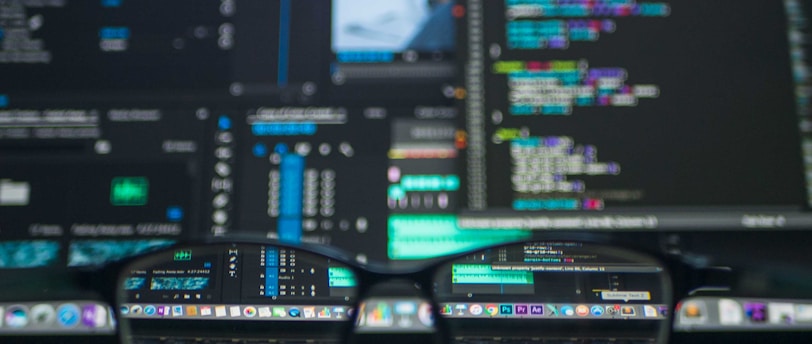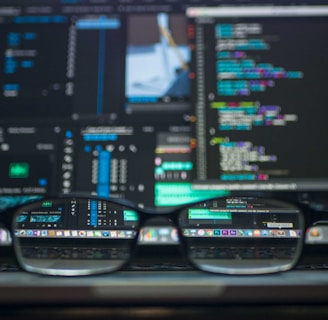AI-Powered Cybersecurity: How Machine Learning Is Detecting Modern Threats
Discover how AI and machine learning are revolutionizing cybersecurity in 2025. Learn how intelligent systems detect evolving threats faster and smarter than ever.
BOLGS


Introduction: The Shift to Smarter Cyber Defense
In today’s threat landscape, traditional cybersecurity tools are no longer enough. With threat actors using automation, deepfakes, and AI-driven attacks, cyber defense must evolve too.
Enter AI-powered cybersecurity — a new frontier where machine learning (ML) helps identify, analyze, and respond to threats in real time. In 2025, it’s not just about firewalls and signatures — it’s about intelligence.
What Is AI-Powered Cybersecurity?
AI-powered cybersecurity uses machine learning algorithms, behavioral analytics, and automation to:
Detect anomalies
Identify previously unknown threats
Automate incident response
Reduce false positives
Unlike traditional systems that rely on predefined rules, AI learns and adapts, making it ideal for detecting zero-day exploits and advanced persistent threats (APTs).
🚨 How Machine Learning Detects Modern Threats
Here’s how ML is transforming threat detection in 2025:
🔍 1. Behavioral Analysis
Machine learning models monitor user and system behavior to create a baseline. Any deviation — like a sudden login from a new location or unusual data transfers — triggers alerts.
Example: UEBA (User and Entity Behavior Analytics) detects insider threats by learning normal activity patterns.
🧬 2. Anomaly Detection
ML can analyze massive datasets (network traffic, logs, DNS queries) to detect irregular behavior that traditional systems miss.
Example: ML flags a 2 AM file transfer to an unknown IP — even if it bypasses the firewall.
3. Real-Time Threat Intelligence
AI integrates global threat feeds, malware signatures, and historical attack data to recognize patterns and predict attacks.
Example: AI-based SIEM solutions now correlate thousands of events per second to detect multi-vector attacks.
4. Automated Incident Response
Modern AI tools don’t just detect — they react. They can isolate endpoints, block IPs, or quarantine emails automatically based on risk scores.
Example: Microsoft Defender or CrowdStrike uses AI to auto-contain threats before human analysts intervene.
Top AI-Based Cybersecurity Tools in 2025
Here are some popular AI-enhanced tools making waves this year:
🔸 Darktrace – Self-learning threat detection
🔸 Cynet 360 – Autonomous breach protection
🔸 IBM QRadar – AI-enhanced SIEM
🔸 CrowdStrike Falcon – ML-powered endpoint protection
🔸 Microsoft Sentinel – Cloud-native SIEM with AI analysis
💡 Why Businesses Are Adopting AI in Cybersecurity
✅ Faster detection & response time
✅ Reduced alert fatigue for analysts
✅ Proactive threat hunting
✅ Better risk scoring and prioritization
✅ 24/7 protection without burnout
📉 Limitations of AI in Cybersecurity
While powerful, AI is not foolproof:
❌ Requires large, clean datasets to train
❌ May generate false positives initially
❌ Attackers can manipulate models (adversarial AI)
❌ Still needs human oversight for decision-making
🔮 Future Outlook: What's Next?
In the next few years, we’ll see:
Deeper integration of AI with cloud security
AI-assisted red teaming and pentesting
Natural Language Processing (NLP) for log parsing and phishing detection
Hyper-automated SOCs powered by AI assistants like Microsoft Copilot
Conclusion: Intelligence is the New Firewall
As cyber threats become more dynamic and complex, AI is no longer optional — it’s essential. By adopting machine learning-driven tools, businesses can move from reactive defense to predictive protection.
Whether you’re a startup or a global enterprise, embracing AI-powered cybersecurity is the smartest move you can make in 2025.
